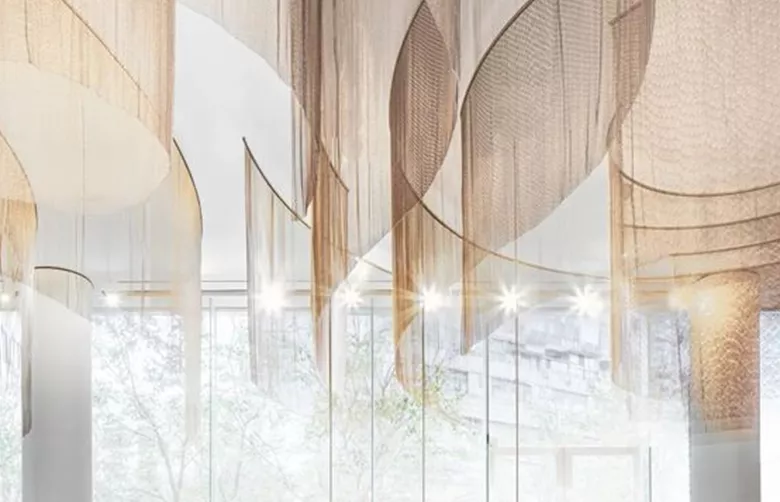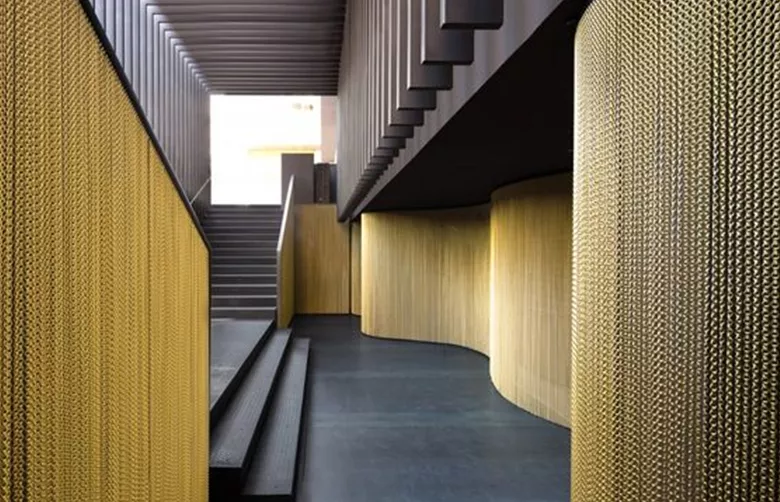-
About UsProductsCustomized SolutionProjectGalleryNews
Woven mesh fabric: 21st Century Design Possibilities
Release time: September 05, 2023Innovative materials and technologies:
In the design environment of the 21st century, many new materials and technologies have emerged, providing a broad space for the design of woven mesh fabrics. High-tech fibers, sustainable materials and advanced weaving techniques allow for more options in texture, strength and breathability of woven mesh fabrics. Designers can use these innovative materials and technologies to create lighter, functional and diverse woven mesh fabrics to meet the design needs of different fields.
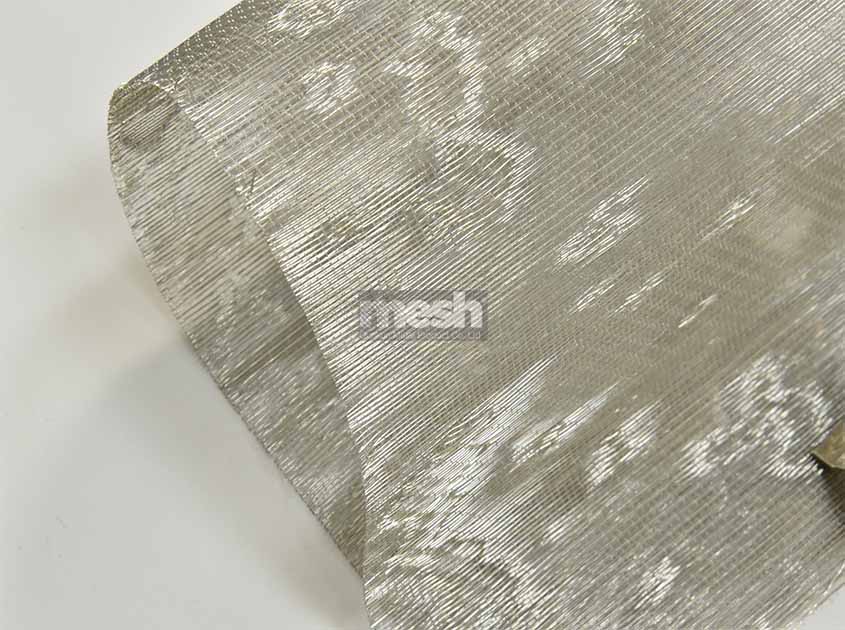
Versatility and adaptability:
The design possibilities of woven mesh fabrics are reflected in their versatility and adaptability. Woven mesh fabrics can achieve different functional requirements, such as air permeability, filterability, water resistance, heat insulation, etc., by adjusting the weaving density, wire selection, and structural design. This makes woven mesh fabrics ideal in fields such as architecture, interior decoration, apparel and industrial design, offering flexibility and innovation for a variety of applications.
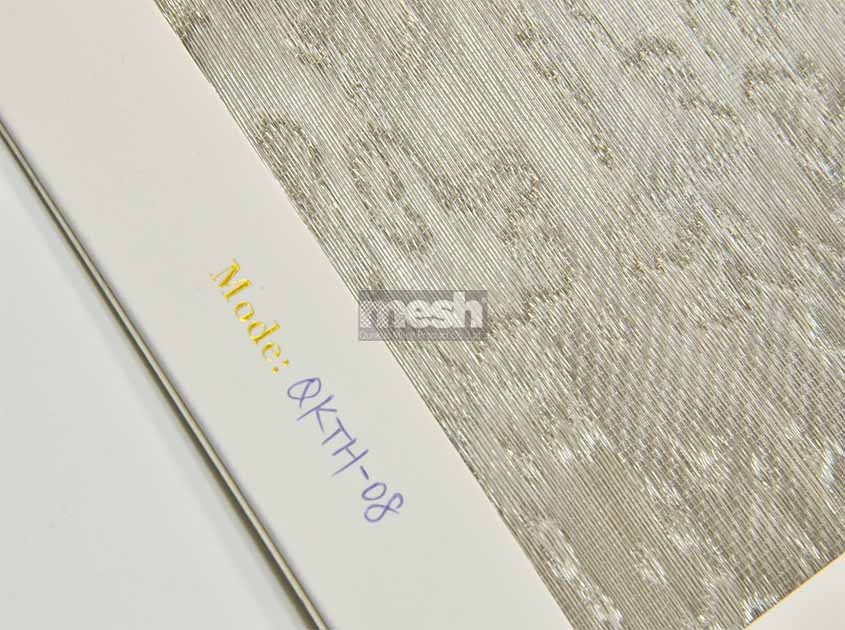
Form and Aesthetics:
The design of woven mesh fabrics in the 21st century focuses on the exploration of form and aesthetics. Designers can create unique and artistic woven mesh fabrics through innovative patterns, textures and structural designs. At the same time, the transparency and light transmission effect of woven mesh fabric also provides designers with the opportunity to create dynamic effects and visual layers. This exploration of form and aesthetics has made woven mesh fabrics an eye-catching design element in fields such as architecture, interior decoration and fashion design.
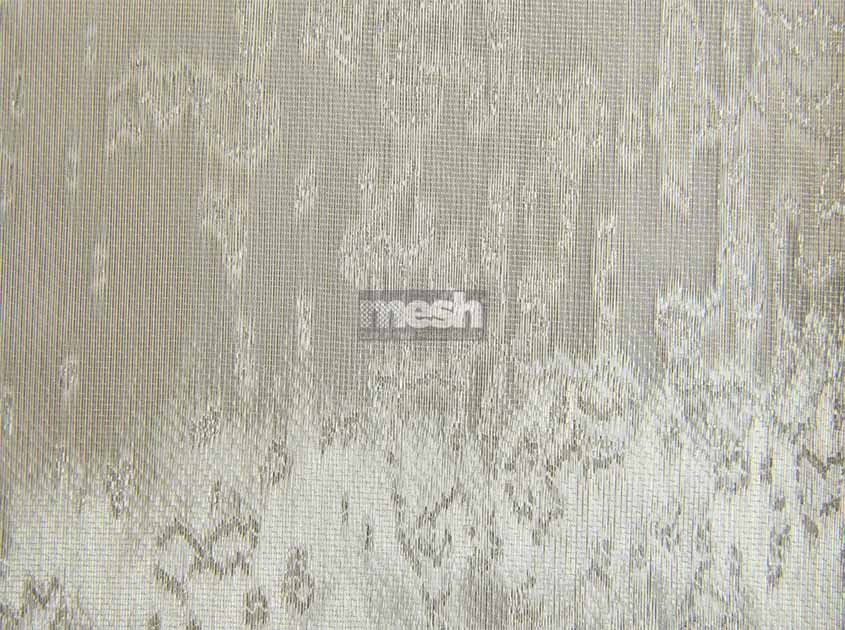
Sustainable Design:
Sustainability has become an important consideration in 21st century design trends. Woven mesh fabrics have significant significance as a sustainable design choice. Sustainable material choices, environmentally friendly production processes and recyclable design concepts combine woven mesh fabrics with sustainable design to provide a viable solution in an era of heightened environmental awareness. Designers can explore the use of renewable materials, recycled fibers and environmentally friendly dyes, and integrate the design of woven mesh fabrics with the concept of sustainable development to achieve environmentally friendly design goals.
In summary, woven mesh fabrics have a wealth of design possibilities in the 21st century. Innovative materials and technologies, versatility and adaptability, the exploration of form and aesthetics, and the application of sustainable design make woven mesh fabrics an important element in contemporary design. In the design practice of various fields, the woven mesh fabric shows its unique charm and potential, constantly creating amazing design works.
Recommended News



